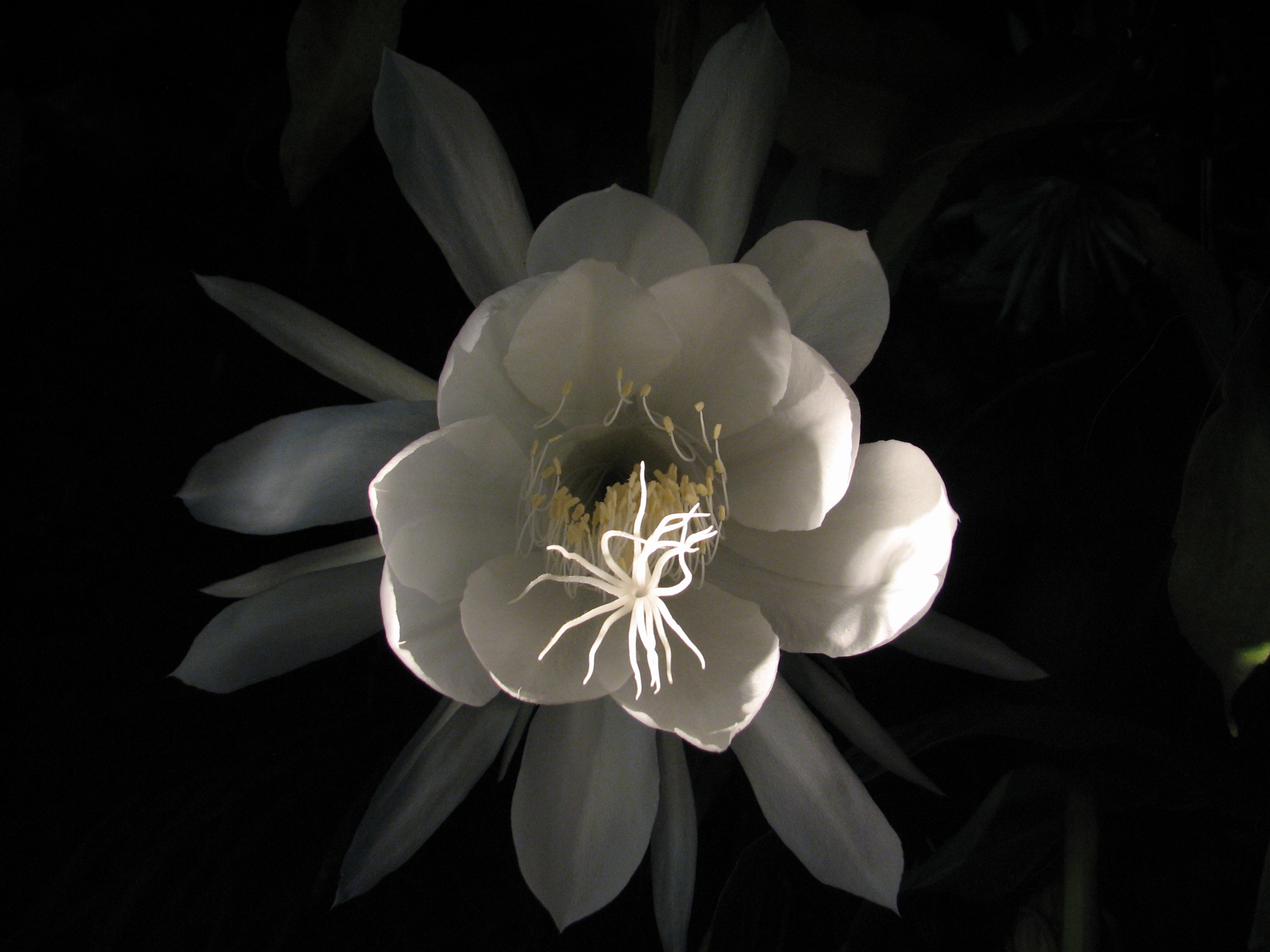
As well as being an essential source of food, oxygen and medicine, plants provide habitats for all kinds of animals, help to regulate our climate and assist the water cycle.
There’s no doubt that we need these incredible organisms to survive. However, in the eyes of humans, certain plants are more important than others, and are therefore perceived as being more valuable. To demonstrate this fact, we’ve picked a few bloomin’ expensive varieties of flora for your personal perusal.
Bamboo

Bamboo is one of the most expensive specialty crops in the world, and has a huge number of potential uses. For example, the plant is used as a decorative material, for building with, as a food source, to create luxury soft fabrics, and to make musical instruments. Depending on size, growers can expect to make approximately $45 from each individual bamboo plant.
Wasabi

Genuine wasabi (not the synthetic powder variety made with horseradish and commonly eaten with sushi) is seriously expensive stuff. It’s incredibly difficult to grow, so commands a high price tag: $160 per kilogram. But before you consider jacking in the job and becoming a full time wasabi farmer, consider that it naturally grows in Japan’s mountainous regions, and requires a closely mimicked recreation of this environment to be grown commercially.
Oyster mushrooms

Okay it’s not a plant, but oyster mushrooms are so fascinatingly lucrative we thought it amiss not to include them on this list. As mushrooms can be grown indoors, they’re an excellent moneymaker. Oyster mushrooms are particularly profitable, with gourmet varieties selling big in luxury food markets and therefore commanding a high price tag. A single square foot of these little beauties could net you $17,500 in a single harvest.
Tulip

They might be affordable nowadays, but in the 17th century tulips cost a whole lot more. In today’s money, a tulip bulb would have cost $5,700. No wonder the Dutch like them so much.
Bonsai tree
A well grown bonsai tree can fetch a hefty amount of money. Granted, the most expensive ones can take a few hundred years to grow—one centuries-old bonsai at the International Bonsai Convention in Takamatsu, Japan sold for a staggering $1.3 million, and others frequently sell for tens of thousands of dollars. So if you’re thinking of investing in a family heirloom to pass down the generations, a bonsai wouldn’t be a bad way to go.
Saffron
Saffron is more valuable than gold, due to the notoriously finicky and laborious harvesting process. As many as 80,000 saffron crocuses are needed to extract a single pound of the spice. If you’re up for the challenge, you can expect to receive between $1200 and $1500 per pound of saffron.
Kadupul flower
This super rare cactus flower from Sri Lanka can’t be harvested, so is considered to be literally priceless. It only blossoms at night, and it dies just a few hours after it is picked. However, its scent is legendary—the only way to experience the real thing is to visit an established plant and give it a good old sniff. The fragrance has a calming effect, and has come to be known as ‘the midnight miracle’. [geoip-content not_country=”CA”]
ON THE APP
 Cooking in the Wild—Eps 1
Cooking in the Wild—Eps 1
Follow survivalist and instructor, John C. as he takes one of Toulouse’s top chefs out of the kitchen and into the heart of the French wilderness. This culinary master can only bring with him 3 utensils and 3 ingredients to help him create an original and delicious meal. John will have to show this chef how to hunt, forage and start a fire in order to create one of the wildest culinary experiences he’s ever had!
Want to watch Cooking in the Wild—Eps 1 for free right now? Subscribe to the Love Nature streaming app and start your 30-day free trial of the best on-demand natural history documentaries out there. [/geoip-content]




 Cooking in the Wild—Eps 1
Cooking in the Wild—Eps 1